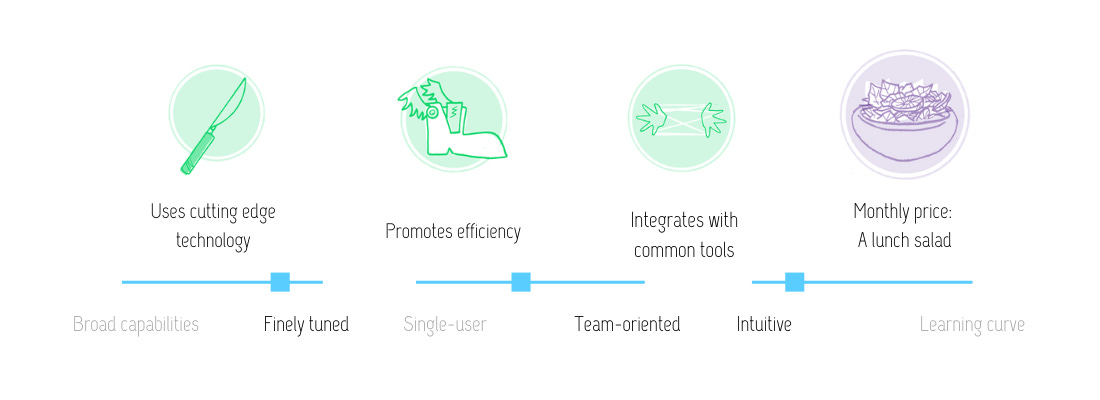A version of this post originally appeared in the October 22, 2020 issue with the email subject line "Scary monsters and super creeps" and an essay about the danger of big marketing stats.
Do I miss when people look over my shoulder so I can demonstrate software? Not really, but in the pandemic era, I don’t have to worry about it anyway. However, instructive screen recordings have long been a bit of a pain, not necessarily to produce but to upload and send to your target audience.
Despite the rhyme, Loom has no connection with Zoom except that it’s a freemium self-service video platform that has recently risen in popularity. But Loom is quickly becoming a standard, shorthand name for quick and easy screen recordings.
And it’s a keeper! Since I’m not a fan of excessive Chrome extensions these days, I'm happy to have the choice of Loom’s desktop software or an extension. Loom also has a really lovely Privacy for Humans policy on their website, which outlines data they collect and explanation for all the tools they use to run and analyze the software.
Loom at a glance

Loom records video and audio of your screen and is primarily used for software demonstration: using a new CMS, training someone on Google Analytics, etc. Its easy-to-use desktop software captures your screen and mic in tandem, then saves your video immediately to the Loom platform for editing and sharing.
The tools’s strength is its extremely fast processing and sharing of these screen recording videos. Sharing a minute-long demo video directly with a client or embed in your help center is far easier than uploading to YouTube or a video hosting platform like Wistia. Those channels have their place, but Loom serves a more immediate, less produced need.
When you have bad takes, you have to go into the platform and delete them, but the casual, one-off nature of Loom means that your word flubs and ums and ahs are more acceptable, most of the time.
If you want to use your Loom videos elsewhere, you can download. Or, if they’re super amazing, you can make them public and indexable in Google search via toggle.
Loom’s low price point and extremely flexible nature puts it almost in the too-good-to-be-true category. Will it be purchased by one of the big tech players and or eventually become extraordinarily expensive? Maybe, but I’m not here to speculate on that.
For the moment, Loom is worth the low monthly cost of easy demonstration videos.




